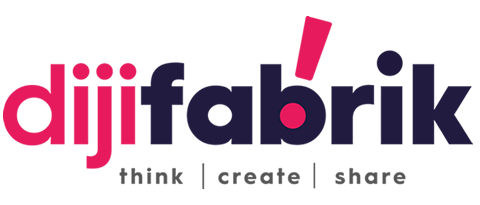Novelty Effect in Marketing
We can define the Novelty Effect as the first wave of excitement and interaction that new things bring to our lives. It is a very common tactic today and mostly used in the marketing industry.
We are interested and curious about a new device, fashion trend, application or game. Of course, “Everyone uses it, why should I stay behind?” There is a thought. Since it is part of human nature to react to innovation, we cannot prevent ourselves from this situation. Marketers also use the Recency Effect as a chance to attract consumers’ attention and connect them to the brand. They can implement this in five ways.
1. Limited Edition Product Release
A limited edition product released by a brand attracts the attention of many, if not everyone. Everyone wants to try one of their products, here today, gone tomorrow, before they disappear. This shows the power of a limited number of products. This situation may of course vary depending on the sectors. For example, in e-commerce we can see this, such as limited edition products, only 100 units available.
To give another example, Oreo’s watermelon or birthday cake flavored biscuits. These limited edition versions are proving hugely popular on social media and in supermarkets, prompting us to rush to try them before they sell out.
2. Offering the Same Product/Service Again for a Limited Time
The fact that games offer special game modes that you can access at certain times of the year creates excitement for users and the opportunity to experience the new face offered for a limited time.
This is exactly the strategy of the League of Legends game. The game offers special modes such as “U.R.F.” (Ultra Rapid Fire) to players for a limited time during certain holidays or times. This tactic increases the appeal of the game and creates a “now or never” feeling among players. While players enjoy this limited time, they log in more frequently and the visibility and popularity of the game on social media increases.
Another way to create the Recency Effect is to introduce new features to users on a continuous, routine basis. This ensures that users remain in a constant state of discovery and excitement.
These constantly provided new features keep users interested, encouraging them to discover and use innovation. These new features not only keep the user experience fresh and dynamic, but also reinforce users’ loyalty and satisfaction to the brand or product.
4. Routine Rivalries
By turning the ordinary into something to look forward to, you can turn regular users/customers into avid fans. For example, Duolingo runs small competitions between users every week and supports this with leaderboards. These competitions allow users to track their learning progress and compete with other users.
This method allows them to learn new words and grammar rules and to see their success and progress concretely.
5. User Generated Content
We can define it as getting inspiration from customers when producing something new. For example, Spotify’s “Wrapped” campaign. It became a feature he did at the end of each year. It takes a summary of the songs the user has listened to throughout the year and presents it to the user. The user also shares this prepared story on his social media.
Sharing the brand experience by users/customers not only adds originality but also creates a community around the brand.
Although these innovations offered to users arouse curiosity and interest in people, it is important to turn this temporary interest into a permanent commitment. People want to be provided with solutions that will make their lives better, easier and more interesting not only at that moment or from time to time, but in the long run. For example, Apple either brings a new feature to the phones it launches every year or updates an existing feature with a better version.
Ultimately, the Innovation Effect isn’t just about taking a leap, it’s about laying the groundwork for a deeper dive. It is a beautiful experience, an invitation to your audience to discover what you have to offer. What will really make the difference is what comes next: a journey of constant interaction, continuous innovation and value delivery.
It is not enough for brands to only introduce innovations at certain times to arouse interest and curiosity on the part of the user, but they must also be interactive. From a marketing perspective, this means awareness and potential customers for the brand, whether on social media or word of mouth. Of course, if you think about it not only for the moment but also for the long term, a bond will be formed with existing and potential customers and they will turn into enthusiastic fans.
Novelty Effect in Marketing













Recent Comments